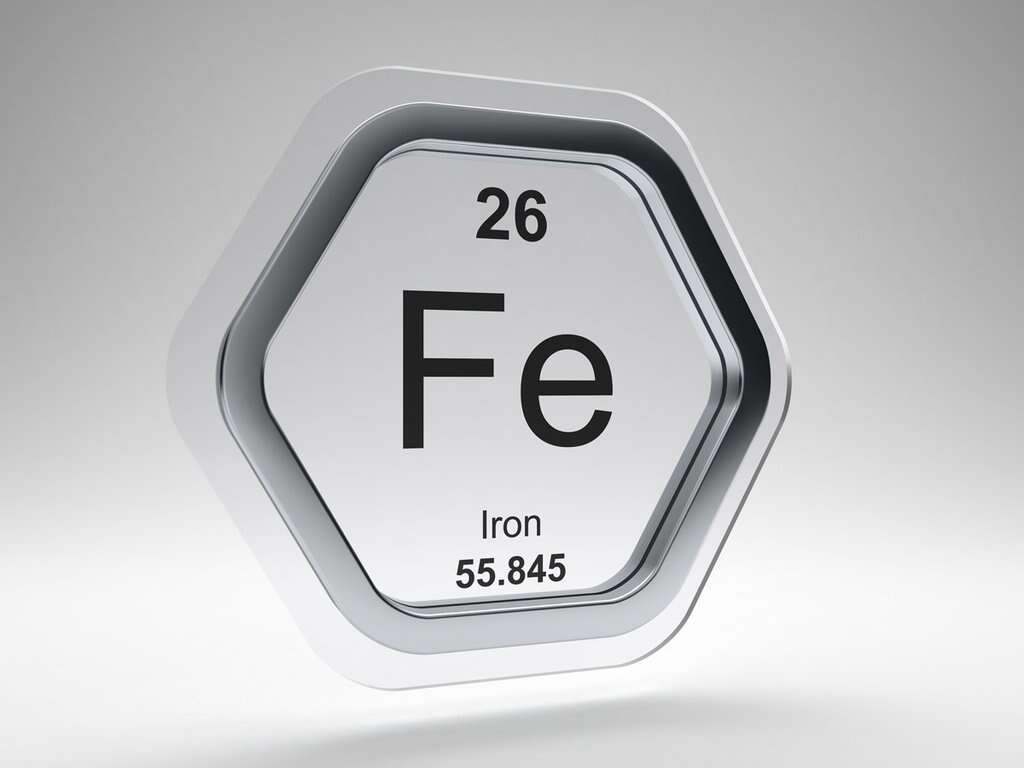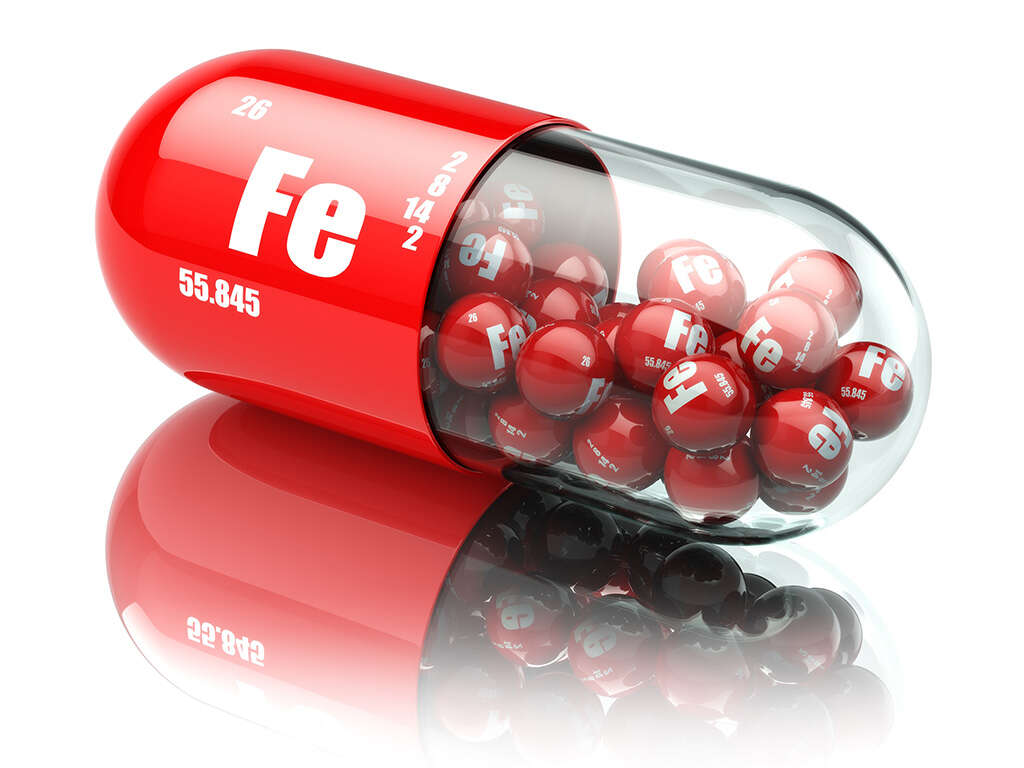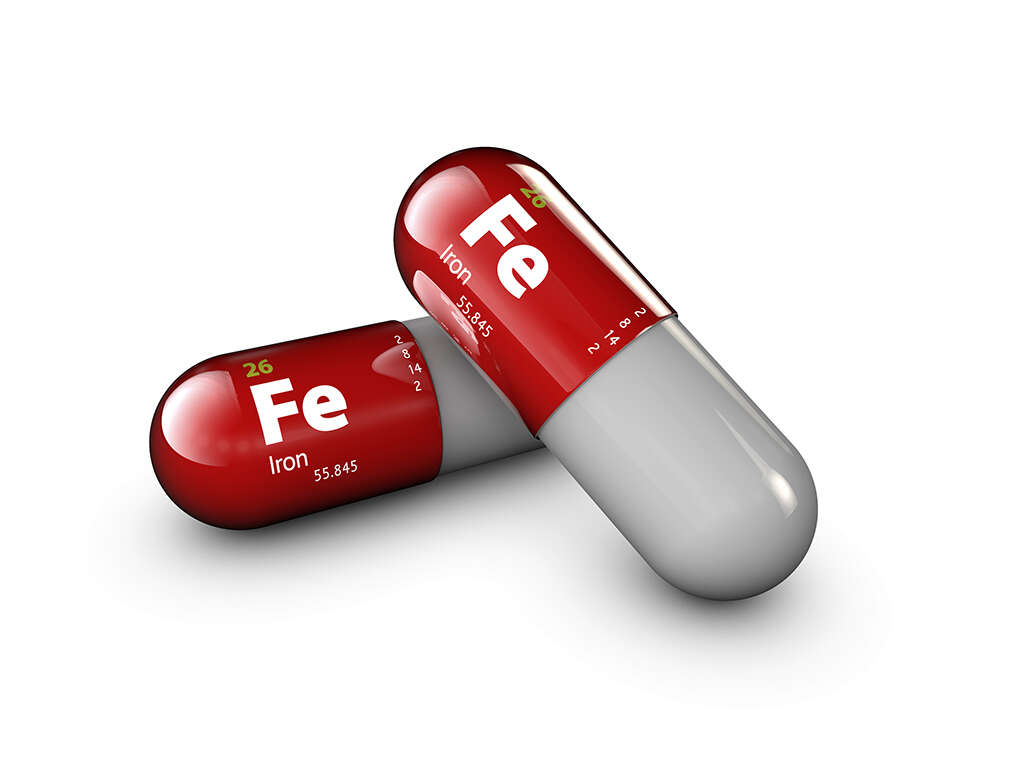10 Hemochromatosis Symptoms
Hemochromatosis is a condition where there is abnormal accumulation of iron in the organs resulting in organ toxicity. It is the commonest autosomal recessive genetic condition along with being the commonest cause of severe iron overload. 75 percent of patients who have hereditary hemochromatosis are asymptomatic. The diagnosis can be made based on the clinical symptoms of the disease. Since most patients are asymptomatic, they are diagnosed when their serum iron levels are noted to be elevated during a routine chemistry screening panel. Some of the tests performed on an individual suspected with hemochromatosis include genetic testing to test for HFE mutations, transferrin saturation levels, hepatic iron concentration, and serum ferritin studies. Imaging studies such as a chest radiography and echocardiography might be beneficial to help evaluate cardiac disease in patients with hemochromatosis.
Early diagnosis is important in hemochromatosis. The aim of therapy is to remove iron before it causes irreversible parenchymal damage. Once the diagnosis is confirmed, it is treated by phlebotomy to maintain normal iron stores and rid the body of excess iron. Chelation therapy uses agents such as deferoxamine, deferiprone, or deferasirox. Surgery may be required if there is end stage liver disease or severe arthropathy. In the United States, hereditary hemochromatosis is found in 1 of 200 to 500 individuals. Most of these cases are seen in individuals of northern European origin. It has the same prevalence in Australia, Europe, and other western countries. The highest prevalence is among individuals of Celtic origin and less among those of African descent.

Symptom #1: Fatigue
Fatigue is a gradual feeling of tiredness which can be alleviated by rest. It can be divided into physical and mental fatigue. Physical fatigue occurs when there is transient inability to achieve peak physical performance.
Mental fatigue is the temporary inability to maintain optimal cognitive performance. It is a common and non-specific symptom that can be seen in stress, overwork, depression, boredom, anemia, inadequate sleep, malnutrition, pregnancy, infections, and more. It can manifest as somnolence in patients.

Symptom #2: Impotence
Impotence or erectile dysfunction occurs when there is inability to maintain or develop a penile erection during sexual activity. It can result in relationship difficulties, issues with self image, and other psychological consequences.
Causes of impotence include cardiovascular disease, neurological issues, diabetes, hormonal insufficiencies, side effect of medication, psychological reasons, and more. Impotence can also occur in patients with hemochromatosis as a result of hypogonadism. Hypogonadism can occur in hemochromatosis patients due to pituitary or testicular iron deposition.

Symptom #3: Arthropathy
Arthropathy is a term used to describe disease of a joint. In arthropathy, there can be joint pain, stiffness, swelling, and decreased range of motion.
In patients with hemochromatosis, arthropathy occurs because of the accumulation of iron in the joint tissues. The most commonly affected joints are the knees, feet, wrists, neck, back, metacarpophalangeal joints, and proximal interphalangeal joints.

Symptom #4: Hair Loss and Koilonychia
It has been observed that 62 percent of patients with hemochromatosis experience partial loss of body hair. The most commonly affected area is the pubic area. Approximately 12 percent of patients experience total body hair loss. In some patients, the thinning and loss of hair may be reversed through therapy.
Koilonychia refers to spoon nails where the nails are abnormally thin and have lost their convexity resulting in flat or concave nails. Causes of koilonychia include iron deficiency anemia, rheumatic fever, lichen planus, and more. In hemochromatosis patients, koilonychia can be seen in 25 to 50 percent of patients.

Symptom #5: Skin Hyperpigmentation or Bronzing
Hyperpigmentation of the skin refers to darkening of the skin. It can be caused by sun damage, Addison’s disease, Cushing’s disease, acanthosis nigricans, melasma, and more. In hemochromatosis, patients experience skin bronzing or hyperpigmentation due to the combination of melanin and iron deposition which is characteristic.
It is one of the classic triad symptoms with the other two being cirrhosis and diabetes in the late stages of the disease. This usually occurs only when the total iron content in the body is more than 5 times the normal levels.

Symptom #6: Amenorrhea
Amenorrhea refers to the absence of menstruation in females who are in their reproductive age. Normal amenorrhea occurs in lactation, pregnancy, and in some forms of contraception. Amenorrhea can be divided into primary and secondary amenorrhea.
Primary amenorrhea occurs when the menstrual cycles never started. Secondary amenorrhea occurs when the menstruation ceases. This can occur in hormonal disturbances, low body weight, untreated celiac disease, stress, and more. It can also be seen among women with hereditary hemochromatosis.

Symptom #7: Gynecomastia
Gynecomastia refers to the noncancerous increase in size of the male breast tissue. It can lead to psychological distress. Causes of gynecomastia include certain cancers, Klinefelter syndrome, medications, metabolic dysfunction, decline in testosterone production, and more. In hemochromatosis, gynecomastia is a result of hypogonadism.
Patients who experience hypogonadism also experience issues such as decreased libido and impotence. This occurs because of iron deposition in the pituitary gland. While rare, primary hypogonadism may also occur due to testicular iron deposition.

Symptom #8: Abdominal Pain and Distension
The abdomen can be divided into nine regions: right hypochondriac, epigastric, left hypochondriac, left lumbar, umbilical, right lumbar, right iliac, suprapubic, and left iliac. In hemochromatosis patients, there can be abdominal pain and distension. This is most commonly seen in the right side of the abdomen below the ribs due to hepatomegaly or enlargement of the liver.
Hepatomegaly is seen in more than 95 percent of hemochromatosis patients causing symptoms such as pain, tenderness, distension, and other signs and symptoms of chronic liver disease. This includes jaundice, palmar erythema, and spider angioma. Cirrhosis can also occur due to iron deposition in the liver parenchyma. The early stages of liver disease has been reported to be reversible with iron removal.

Symptom #9: Cardiovascular Symptoms
Hemochromatosis can cause cardiomyopathy with or without conduction defects or heart failure in patients. This is more commonly seen among younger hemochromatosis patients. Cardiomyopathy is a condition where patients experience breathlessness, edema of the legs, irregular heartbeat, tiredness, and fainting.
Dilated cardiomyopathy usually leads to the development of conduction disturbances and development of heart failure. Cardiac disease can be seen in about 15 percent of patients with hemochromatosis.

Symptom #10: Pathologic Fractures
A fracture occurs when there is complete or partial break in the continuity of the bone. It can occur when there is high force impact or minimal trauma when there are conditions that weaken the bones such as bone cancer, osteogenesis imperfecta, osteoporosis, and osteopenia. This is known as a pathologic fracture.
It is estimated that about 25 percent of patients with hemochromatosis have osteoporosis while an additional 41 percent have osteopenia. It is attributed to the hypogonadism, increase in body weight, increase in alkaline phosphatase, and severity of iron overload.











